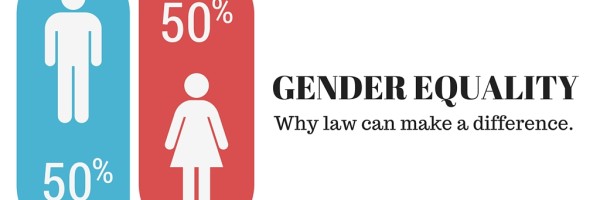Before Christmas I wrote blog post looking at managing risk in the context of creativity. This has led me to ponder over Christmas what it means to be creative as a lawyer. I am convinced that it is creativity which differentiates the excellent lawyer from the merely good one and that this applies not just to lawyers but also to other trades and professions. The key ability is to think laterally and to be able to approach problems from different angles. As a lawyer this means suggesting novel solutions, coming at a problem from a different view point, often it can mean taking no action at all but helping a client to manage and minimise risk of a given scenario instead.
I believe this key quality of creativity is also increasingly sought after and important as the growth of search engines and the internet has devalued knowledge alone. Conversely as a lawyer your training is fore mostly in legal knowledge and secondly practically in inferential logic and analysis; you are never formally taught how to think creatively.
Having researched it there is actually little useful content online to help understand this. This most helpful material I could find in fact was this video from a presentation by John Cleese intuited ways of working that I have developed. My summary of the talk for those who have not got the 40mins to watch it are as follows:
- Creativity is not a talent (though is often presumed to be); it is in fact an ‘open’ way of operating. We default as humans to a ‘closed’ operating mode; however we need to be able to learn how to switch to an open operating mode.
- This open operating mode cannot be taught but there are clear steps that can be taken to create the best conditions for it and therefore give you the best chance of creative insight:
- Time and space needs to be set aside to start thinking about a problem and without the need for an immediate solution. This needs to be time and space without distraction and so is often better without e-mail, phone and in place where you will not be distracted or interrupted; an hour and a half is considered an optimal period.
- It requires play/imagination/humour, you need to examine the problem or issue from different viewpoints and to do this requires a paradigm shift, play/imagination/humour enables you to come at the problem from different angles.
- Never take the first solution that you have, you will almost certainly have better ones and ideas require time. Having allowed yourself to think about it, you need to give your mind time to process and work on it. The best solution may well come when you are least expecting it, such as in the shower.
- Do not be afraid to leave decision making or finalising of an idea to the last possible moment, this can be thought of as a discipline and gives you the best possible time to come up with the best solution. However equally that means starting the creative thinking process as early as possible.
- Teams can collectively work on an idea together creativity as long as they ask the right questions. No idea should be bad but each team member’s thoughts need to be valued and explored to see if it might lead somewhere. Questions should always therefore be positive such as:
- How might something be improved?
- How would we get round a perceived problem?
- What if we took part of the solution and added something else?
- Finally management culture is important. Open thinking requires permission to ask questions and does not survive insecure or controlling leadership.
Personally my take home from the talk was the fifth point, I am can be instinctively quick to dismiss and idea yet some of the best ideas I have been involved with have been ones that I thought were initially bad but actually contain at their core an amazing idea which just needed to be worked through to some form of practical implementation.


